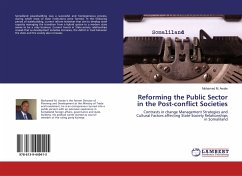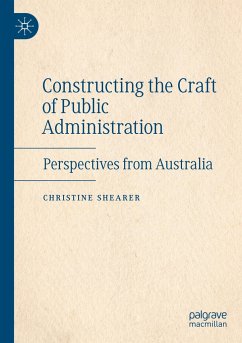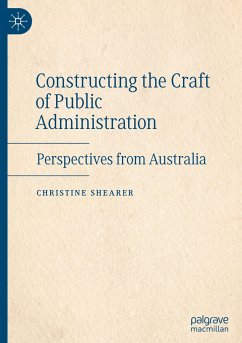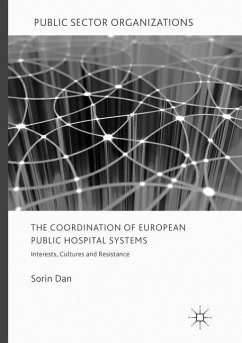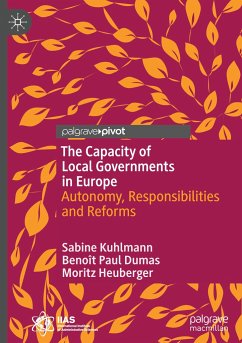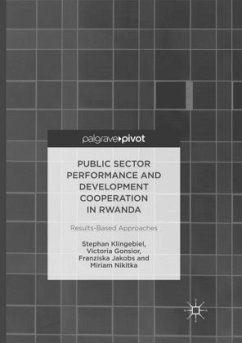
The Impact of Information Management in Caribbean Public Sector Reform
A look at Barbados, Jamaica and Saint Lucia
Versandkostenfrei!
Versandfertig in 6-10 Tagen
47,99 €
inkl. MwSt.

PAYBACK Punkte
24 °P sammeln!
The old traditional public administration (The Weberian Ideal Model of Administration) was rules-bound, bureaucratic, hierarchical, and overall very inefficient. This traditional public administration according to Jooste (2008), was based on the principal-agent theory, where within the context of the public service, the citizens, or the general public(principal) were dependent on public bureaucrats (agents) to share information, instead of promoting 'information silos' by not sharing information beyond their self interest, thereby creating a situation of'information asymmetry'. Larbi (1999) fu...
The old traditional public administration (The Weberian Ideal Model of Administration) was rules-bound, bureaucratic, hierarchical, and overall very inefficient. This traditional public administration according to Jooste (2008), was based on the principal-agent theory, where within the context of the public service, the citizens, or the general public(principal) were dependent on public bureaucrats (agents) to share information, instead of promoting 'information silos' by not sharing information beyond their self interest, thereby creating a situation of'information asymmetry'. Larbi (1999) further posits that this 'information asymmetry' witnessed and experienced during traditional public administration may be remedied through the introduction of New Public Management (NPM), where accountability and transparency are tenets of this school of management practice. The shift from bureaucratic administration to more business-like professional management through NPM was promoted as a prescription fitting for all levels and branches of the public sector, local, as well as central government, and every kind of administrative culture, in any country whatsoever (Farazmand, 2006).



